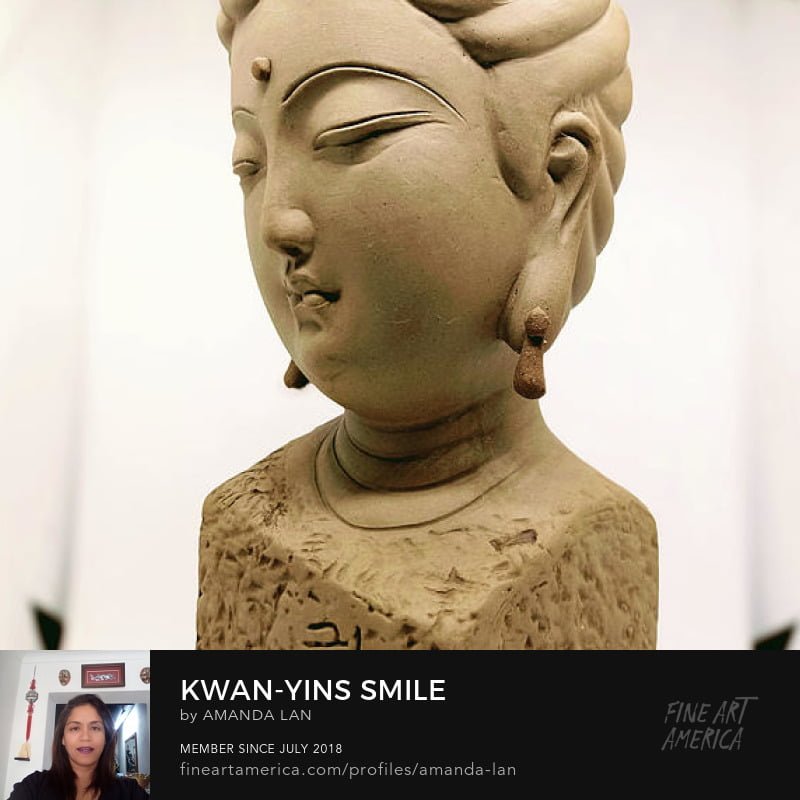
Art Of Tea
Art Of Tea Is Social
Tea was thought of as a medicinal drink until the late sixth century. During the T’ang dynasty between the seventh to tenth centuries, tea drinking was particularly popular. Different preparations emerged, with increasing oxidation producing darker teas ranging from white to green to black.
Tea For Mental Health Beautifully Served
Some studies suggest that tea is comforting and that the actual tea-making ritual, whether for yourself or someone else, that is relaxing. Tea also contains the amino acid L-theanine, which promotes relaxation. In this sense, tea is unique in that the combination of caffeine and L-theanine means it may promote a sense of mindful alertness.
Studies have found that some teas may help with cancer, heart disease, and diabetes; encourage weight loss; lower cholesterol; and bring about mental alertness. Tea also appears to have antimicrobial qualities.
Stimulant? Or Health?
________________________
The truth is, seeing tea as a stimulant or a relaxant is based on two completely different approaches: under the purely physical approach, tea much rather is a stimulant than a relaxant, mainly due to its natural content of theine. Tea therapy is the ancient Chinese medicinal practice of using tea and tisanes as remedies for many ills and ailments.
What does tea symbolize?
It is a very important ritual that has a lot of meaning within the culture. The tea ceremony represents purity, tranquillity, respect, and harmony and a lot of preparation go into this important event.
What is Buddhist about the tea ceremony?
Zen Buddhism is the primary influence in the conceptualization of the tea ceremony. … The general aspect of the tea ceremony involves harmony, purity, tranquility, and respect. It also emphasizes simplicity and naturalness. These two qualities give the tea ceremony a simple and quiet appearance.
What does tea symbolize in literature?
“For Austen and those who read her novels, tea is linked with sophistication and polite social encounters, something keenly reflected in her literature.” … For Austen and those who read her novels, tea is linked with sophistication and polite social encounters, something keenly reflected in her literature.
________________________
World Tea Culture
Tea Culture Belongs To All
Drinking tea is an ancient tradition that is said to date back to southwest China in 27 BC. Since then tea traditions around the world have developed their own unique flavor, much like ice cream, or even sandwiches. As tea drinking spread along the Silk Road and was introduced to Europe, it has been incorporated into cultures around the world. View our interesting tea traditions around the world:
THERAPTEA
The truth is, seeing tea as a stimulant or a relaxant is based on two completely different approaches: under the purely physical approach, tea much rather is a stimulant than a relaxant, mainly due to its natural content of theine.
Tea therapy is the ancient Chinese medicinal practice of using tea and tisanes as remedies for many ills and ailments. What does tea symbolize? It is a very important ritual that has a lot of meaning within the culture.
The tea ceremony represents purity, tranquillity, respect, and harmony and a lot of preparation goes into this important event. What is Buddhist about the tea ceremony? Zen Buddhism is the primary influence in the conceptualization of the tea ceremony. … The general aspect of the tea ceremony involves harmony, purity, tranquility, and respect. It also emphasizes simplicity and naturalness.
These two qualities give the tea ceremony a simple and quiet appearance. What does tea symbolize in literature? “For Austen and those who read her novels, tea is linked with sophistication and polite social encounters, something keenly reflected in her literature.” … For Austen and those who read her novels, tea is linked with sophistication and polite social encounters, something keenly reflected in her literature.
THE CULTURAL HEALER
Chinese Cha-Dao – For Chinese people, tea is a way of life. The country’s diverse climates have given rise to hundreds of different varieties of tea, such as Oolong, Jasmine, pu-erh (fermented tea), and Gunpowder. The art of making tea, or Cha Dao, is closely linked to Chinese philosophies of balance and harmony and is ritualized in the gong fu ceremony.
Moroccan Mint Tea – Touareg tea or Moroccan mint tea is a major part of North African culture. A heavily sweetened mixture of green tea and mint leaves is served in small glasses. It is poured into these from a height, along with nuts and sweets.
English Afternoon Tea – No country is so closely connected to tea as England. It’s as synonymous with British culture as fish and chips or the royal family. From dainty afternoon teas to heartier brews, it certainly is a favorite beverage. Tea was first introduced by the Dutch East India Company in the mid-1600s, though it was initially expensive.
Thai Iced Tea – In Thailand, perhaps the most famous brew is the delicious Thai iced tea or cha-yen. Made from strongly brewed black Ceylon tea, it is blended with condensed milk and sugar before being served over ice. Various flavours or spices are added. These can include orange blossom, cinnamon, star anise, liquorice, and ground tamarind.
Russian Samovars – Trade along the Silk Road brought tea to Russia in the 17th century, but it was only in the 1800s that it became widely available to everyone. Today, Russian tea, or zavarka, is synonymous with the samovar. A tall urn is used to boil water, while a teapot containing the zavarka, highly concentrated black tea, sits atop it. Small amounts of the tea are poured into cups and diluted with the water from the samovar. It can also be flavoured with lemon, sugar, honey, or other herbs. Much like in Morocco, tea and hospitality are closely connected in Russia. It is still considered polite to offer a guest a cup when they enter your home.
Tibetan Butter Tea – While most people may not associate butter with tea, the high, cold altitudes of the Himalayas have given rise to the high-fat, energy-boosting tradition of butter tea, or Po cha. Ideal for both keeping you warm and cleansing your body, the tea is made with pu-erh tea cakes that are crumbled into hot water and boiled for several hours.
Indian Chai – India is the world’s largest producer and the largest consumer of tea. The sweet milky chai is practically a national drink. While tea is certainly a part of everyday life in India, it never developed into elaborate rituals lie in China or Japan. Tea stalls are dotted across Indian streets, and the chai wallahs prepare black tea with milk, sugar, and spices such as cardamom, fennel, cinnamon, and cloves.
Attaya: The African Tea Ceremony – In West Africa, the tea ceremony goes by the name ‘attaya’, and is anything but formal. In fact, tea culture in the continent’s western nations of Gambia, Mauritania, and Senegal are the polar opposite of Japan’s ceremonies. Every attaya consists of three rounds of tea drinking. The first stage is bitter, representing the difficulties of growing and early life; the second stage is sweeter, representing mid-life, love, and family, and the third stage is the sweetest to symbolize the sweetness of old age.
Japanese Tea Ceremony – Heavily influenced by Zen Buddhism, the elaborate traditional Japanese chanoyu tea ceremony involves ritualized preparation, presentation, and consumption of tea. Matcha powder, made of ground green tea leaves, is used to brew a frothy, ethereal tea.
Design Beast
We always have access to the best that’s out there. The name DesignBeast says it all. Save time with design automation. Check it out for yourself.







